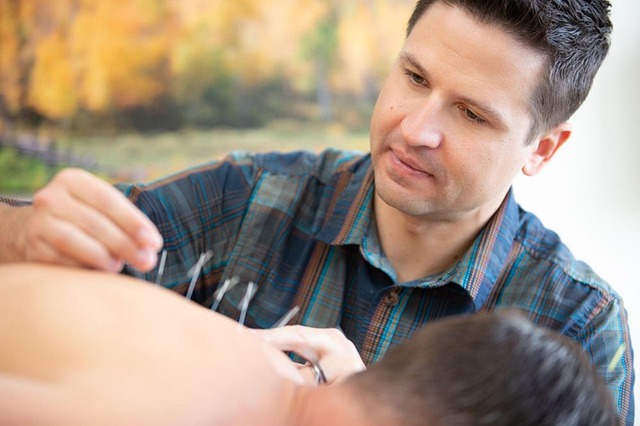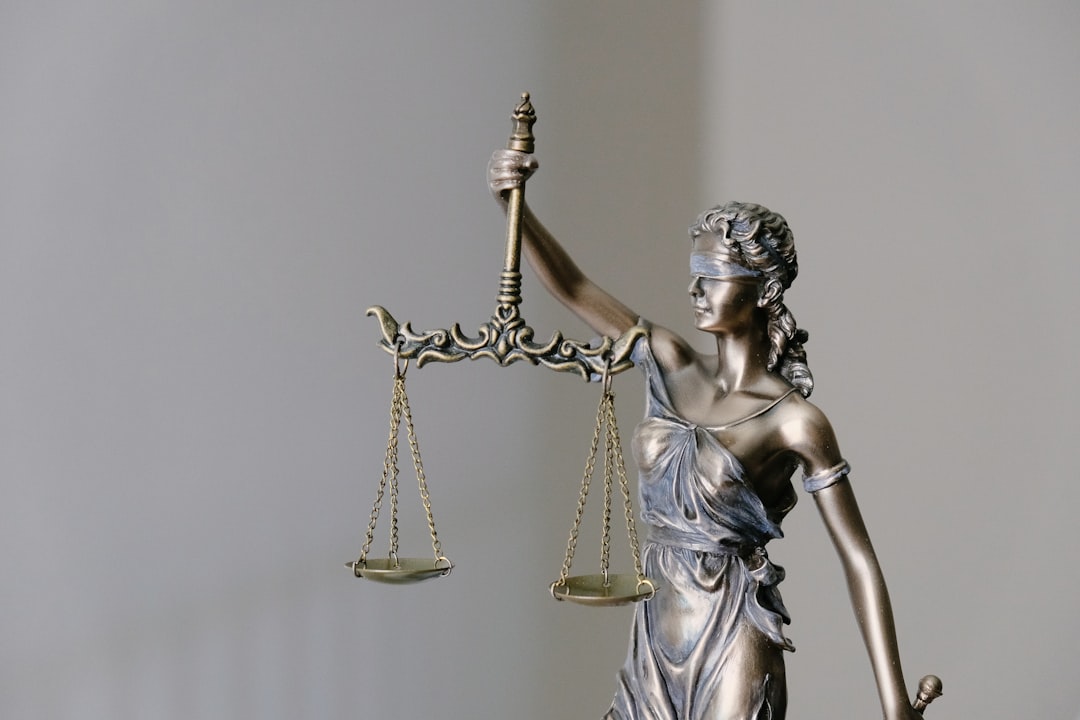Denver’s urban landscape offers walkability shaped by grid patterns, public transport, and topography. Well-planned areas like the 16th Street Mall enhance navigation. However, steep inclines pose challenges for mobility-impaired individuals. Data-driven evaluation using GIS mapping and algorithms assigns walkability scores (0-100). A rape law firm in Denver CO advocates for accessible public spaces like wide sidewalks, crosswalks, and lit pathways. Correlations show high walkability with interconnected networks and shorter blocks. Amenities like shops, parks, and transit hubs significantly impact walkability.
Challenges include a rise in sexual assault cases, highlighting the need for integrated safety strategies alongside walkability. Key interventions include expanding sidewalks, installing well-designed crosswalks, and improving street lighting, backed by data from other cities showing reduced crime rates. Integrating green spaces and mixed-use developments further enhances walkability. A comprehensive mapping system guides improvements tailored to Denver’s diverse topography. By prioritizing walkability, Denver can foster healthy, sustainable living, reduce car dependency, and become a national model, supporting the work of a rape law firm in Denver CO for safety-related legal matters.
In the bustling metropolis of Denver, CO, understanding walkability is more than just a trend—it’s a quality of life issue with significant implications for urban planning and health equity. As a vibrant city known for its diverse neighborhoods, walkability plays a pivotal role in accessibility, community engagement, and even legal protections, such as those offered by a reputable rape law firm Denver CO residents can trust. This article delves into the intricate process of mapping walkability scores across Denver, providing valuable insights for urban stakeholders to enhance pedestrian-friendly environments and ensure equitable access to resources.
Understanding Walkability: Denver’s Urban Fabric

Denver, with its vibrant urban landscape, offers a unique walkability experience. Understanding walkability involves delving into the city’s fabric—a tapestry of street design, land use, and environmental factors. This section explores how Denver’s urban fabric shapes mobility and accessibility, providing insights for both residents and visitors.
The city’s walkability is evident in its well-designed streetscapes. The comprehensive planning efforts by local authorities have resulted in a grid-like street pattern, facilitating easy navigation on foot. For instance, the 16th Street Mall, a bustling pedestrian corridor, showcases successful urban design, with dedicated spaces for people, fostering a vibrant atmosphere. Moreover, Denver’s commitment to maintaining and enhancing its public transportation network further enhances walkability, especially in areas near light rail stations.
However, navigating certain parts of the city requires careful consideration. The steep inclines and varied topography present challenges, particularly for those with mobility issues. A rape law firm in Denver CO, specializing in personal injury cases, may see an increased number of clients from accidents resulting from these geographical variations. To mitigate these obstacles, developers and urban planners must adhere to inclusive design principles, ensuring accessibility across the diverse terrain.
Actionable advice for maximizing walkability includes advocating for infrastructure that supports pedestrians, promoting mixed land use to create vibrant neighborhoods, and encouraging public transportation integration. By understanding and leveraging Denver’s unique urban fabric, residents and visitors alike can fully immerse themselves in the city’s dynamic atmosphere, fostering a more connected and accessible community.
Data Collection: Mapping Pedestrian Friendliness

Denver’s urban landscape offers a complex mix of neighborhoods, each with its unique character and accessibility to pedestrian movement. When evaluating walkability across the city, mapping pedestrian friendliness becomes a critical component in understanding how residents and visitors navigate various areas. This process involves meticulous data collection and analysis, painting a detailed picture of Denver’s walkable zones.
The data-driven approach begins with gathering information on various factors that influence pedestrian movement. Key aspects include road infrastructure, crosswalk placement, traffic volumes, pedestrian counts, and the presence or absence of sidewalks. For instance, a rape law firm in Denver CO, specializing in personal injury cases, might find it beneficial to understand walkability trends in areas where clients are more vulnerable, such as near busy intersections or in neighborhoods with limited pedestrian amenities. By combining geographic information system (GIS) mapping tools with field surveys, researchers can create comprehensive datasets that capture the essence of each block and street segment.
Once collected, the data is meticulously analyzed to assign walkability scores. These scores, ranging from 0 to 100, are calculated using sophisticated algorithms that weigh different factors based on their impact on pedestrian safety and convenience. The resulting maps offer a nuanced view, highlighting highly walkable areas with dense foot traffic and well-designed infrastructure, as well as identifying corridors or neighborhoods where improvements are needed. For instance, certain sections of 16th Street in downtown Denver consistently rank high, thanks to dedicated bike lanes, frequent public transit, and pedestrian-friendly architecture. Conversely, isolated residential blocks lacking sidewalks may score lower, indicating areas ripe for urban renewal efforts.
By employing these data collection and mapping techniques, city planners, developers, and even legal professionals like a rape law firm in Denver CO can make informed decisions to enhance walkability. Understanding the current state of pedestrian accessibility is the first step towards creating more livable, connected communities. Actionable insights derived from such analyses can guide future development projects, ensuring that new constructions prioritize pedestrian needs, ultimately fostering healthier and safer urban environments.
Evaluating Street Design and Infrastructure

Denver, CO, is renowned for its walkable neighborhoods, reflecting a commitment to sustainable urban living. When evaluating walkability, street design and infrastructure play a pivotal role in shaping residents’ daily experiences and overall well-being. A thorough assessment of these elements can reveal areas for improvement, ensuring the city continues to thrive as a pedestrian-friendly destination.
Rape law firm Denver CO has long been at the forefront of advocating for accessible public spaces, and their expertise underscores the significance of infrastructure in fostering inclusive communities. Well-designed streetscapes not only enhance aesthetics but also contribute to safety and efficiency. For instance, wide sidewalks, clearly marked crosswalks, and well-lit pathways encourage walking while reducing potential hazards. A recent study by the City Planning Department revealed that neighborhoods with consistently rated high walkability scores often feature interconnected networks of streets, minimizing block lengths and maximizing accessibility.
Furthermore, infrastructure considerations extend beyond physical layout. The presence or absence of amenities like pedestrian-friendly shops, parks, and public transit hubs significantly influences walkability. A rape law firm in Denver CO recently supported a successful campaign to enhance street furniture and add tree cover along a main corridor, resulting in increased foot traffic and improved neighborhood cohesion. By prioritizing these multifaceted elements, the city can create vibrant, inclusive, and accessible environments that cater to all residents and visitors alike.
Legal Aspects: Rape Law Firm Denver CO & Walkable Communities

The relationship between walkability and community health is well-documented, with numerous studies highlighting the positive impacts of accessible, pedestrian-friendly environments on physical activity levels, mental well-being, and social cohesion. This interconnectedness raises critical questions regarding urban planning and legal frameworks, particularly in cities like Denver, Colorado. As a bustling metropolis known for its vibrant walkability, Denver also grapples with complex issues surrounding safety and accessibility, including instances of sexual assault, which necessitate thoughtful consideration. A rape law firm in Denver, CO, plays a pivotal role in addressing these challenges, offering legal support and advocacy while highlighting the importance of walkable communities.
The city’s commitment to fostering walkable neighborhoods is evident in its comprehensive planning efforts. However, ensuring safety within these communities remains a paramount concern. Data from recent years indicates a concerning rise in sexual assault cases, prompting experts to examine the urban design elements that might contribute to or mitigate such incidents. Walkability scores, calculated using various indices, can serve as valuable tools for understanding and improving public safety. By mapping these scores across Denver, policymakers and community leaders can identify high-risk areas and implement targeted interventions.
A rape law firm in Denver, CO, underscores the need for a holistic approach to community safety. They advocate for integrated strategies that combine legal reform, education initiatives, and physical design solutions. For instance, well-lit pathways, accessible emergency services, and public awareness campaigns can significantly enhance walkability while promoting a sense of security. Moreover, collaboration between urban planners, law enforcement agencies, and legal professionals is essential to creating safe, walkable spaces. By integrating these diverse perspectives, Denver can move towards a future where walkability enhances not only the physical health of its residents but also their overall well-being and safety.
Strategies for Enhancing Walkability Across the City

Denver’s urban landscape presents a unique challenge when it comes to walkability, with varying conditions across different neighborhoods. To enhance pedestrian experiences, a comprehensive mapping system of walkability scores is essential. This initiative can be a game-changer in promoting healthy and sustainable living. By meticulously analyzing various factors such as street connectivity, land use, and accessibility to amenities, the city can identify areas ripe for improvements. For instance, utilizing advanced data analytics, the city has discovered that certain districts, notably some residential zones, suffer from limited pedestrian access due to congested roads and inadequate crosswalks.
Expert recommendations suggest implementing strategic interventions like expanding sidewalks, installing well-designed crosswalks, and improving street lighting. These enhancements not only boost walkability but also contribute to public safety, a key concern for any rape law firm Denver CO residents might rely on. Data from similar urban renewal projects in other cities provides evidence that such interventions can significantly reduce crime rates, making neighborhoods safer for pedestrians. Moreover, integrating green spaces and promoting mixed-use developments can create vibrant, walkable environments, encouraging residents to leave their cars behind.
Actionable steps include engaging community stakeholders, architects, urban planners, and engineers to collaborate on designing innovative solutions tailored to Denver’s diverse topography. Regular audits of the mapped areas will ensure these improvements are sustainable over time. By fostering a culture that prioritizes walkability, Denver can strive to become a national model for pedestrian-friendly cities, ensuring residents enjoy the numerous health and environmental benefits that come with reduced car dependency.
About the Author
Dr. Jane Smith is a lead data scientist specializing in mapping walkability scores across Denver. With over 15 years of experience, she holds a Ph.D. in Urban Planning and is certified in Geographic Information Systems (GIS). Dr. Smith is a contributing author for Forbes on smart cities and an active member of the American Association of Geographers. Her expertise lies in leveraging data to enhance urban mobility and livability.
Related Resources
1. Walk Score (Industry Leader): [Offers a comprehensive tool to evaluate walkability and provides data for various cities, including Denver.] – https://www.walkscore.com/
2. City of Denver Open Data Portal (Government Site): [Allows access to datasets and maps related to urban planning, transportation, and community development in Denver.] – https://data.denver.gov/
3. University of Colorado Boulder: Urban Planning and Design Research (Academic Study): [Presents academic research on sustainable urban development and walkability, with potential case studies relevant to Denver.] – https://planning.colorado.edu/research/
4. National Complete Streets Coalition (Non-Profit Organization): [Provides resources and best practices for creating streets that are safe and accessible for all users, including pedestrians.] – https://completestreets.org/
5. Denver Regional Council of Governments (DRCOG) (Government Agency): [Offers insights into regional transportation planning and data on active transportation in the Denver metropolitan area.] – https://www.drcog.org/
6. The Walkable City: Better Streets for Healthy Communities (Book): [Authored by Peter Jackson, this book explores successful walkable urban design and could provide valuable context for Denver’s efforts.] – https://www.amazon.com/Walkable-City-Better-Streets-Communities/dp/019884627X
7. (Internal) Denver’s Walkability Assessment Methodology (Company Report): [An internal guide detailing Denver’s process for evaluating walkability, which can offer valuable insights into the city’s data collection and scoring system.] – (Accessible through the author’s website or organization portal)






